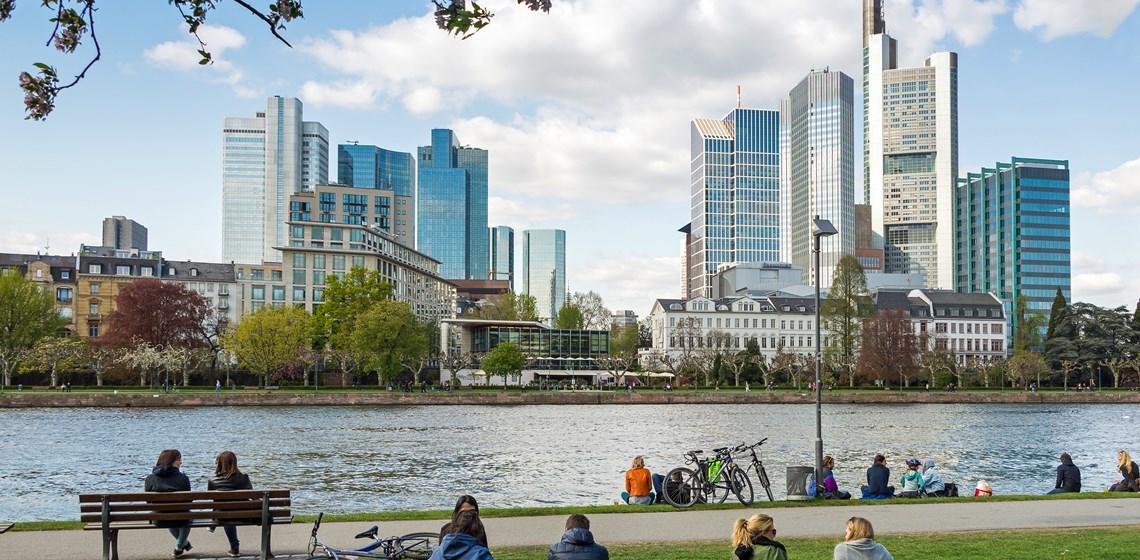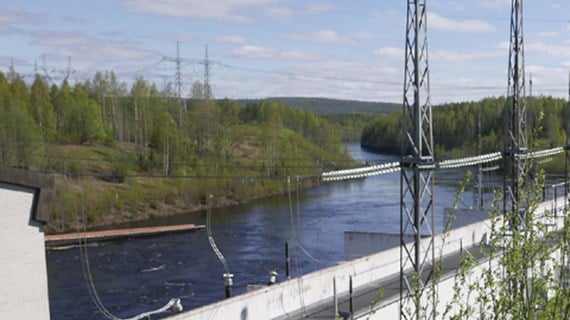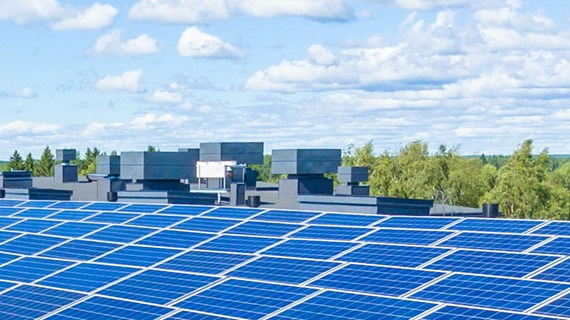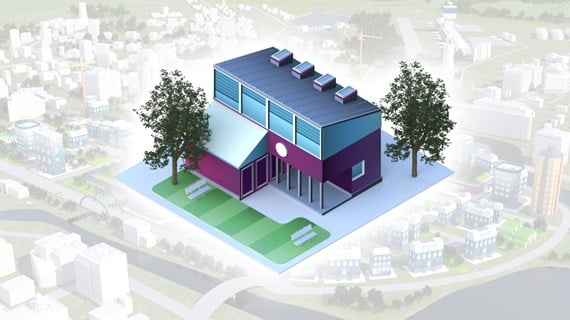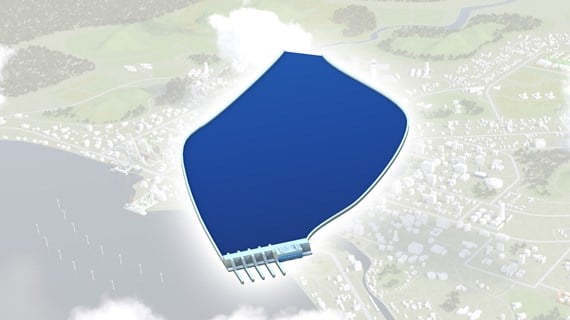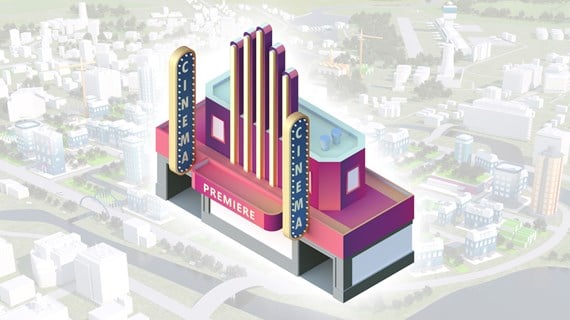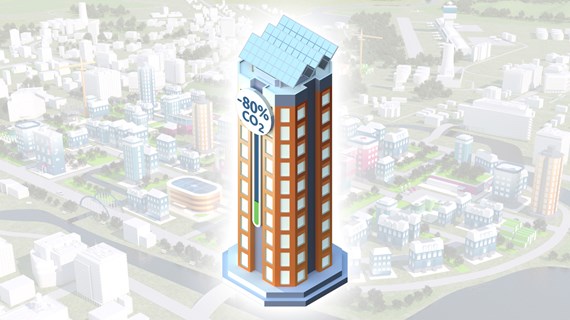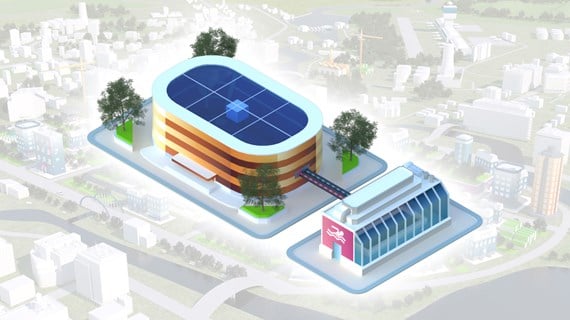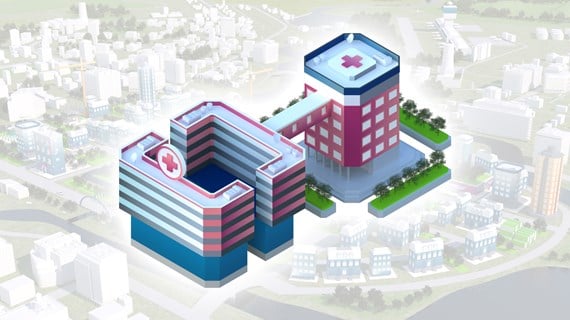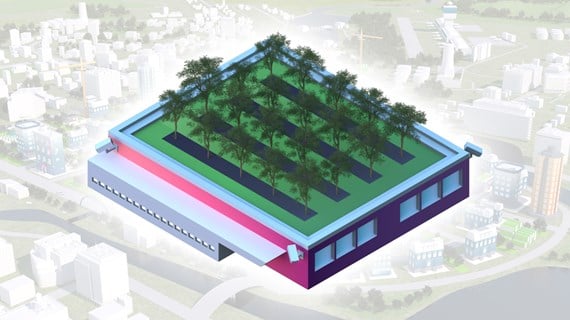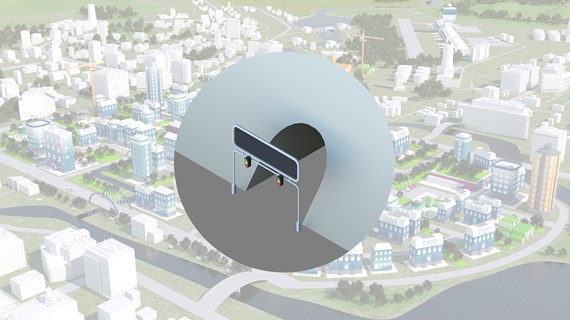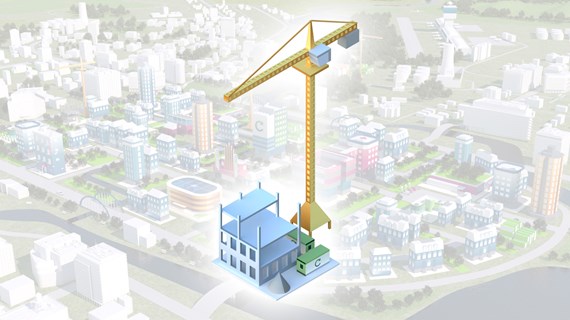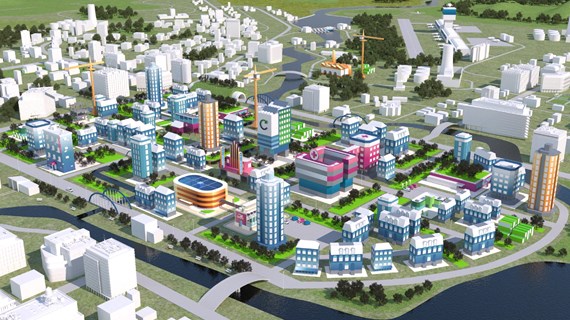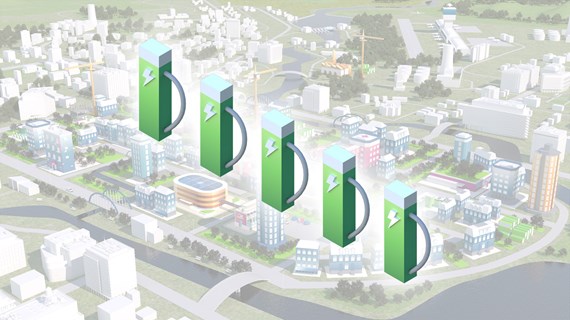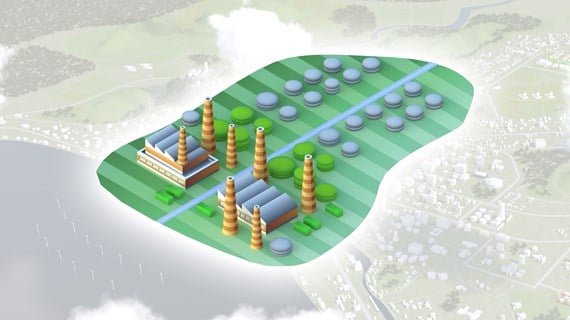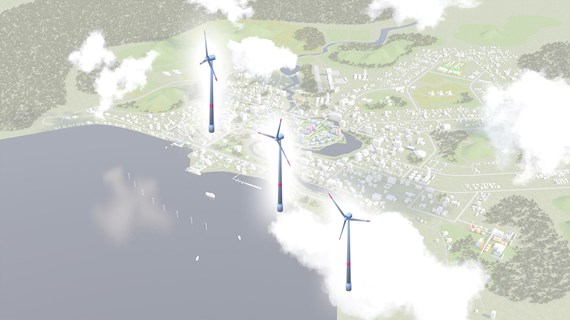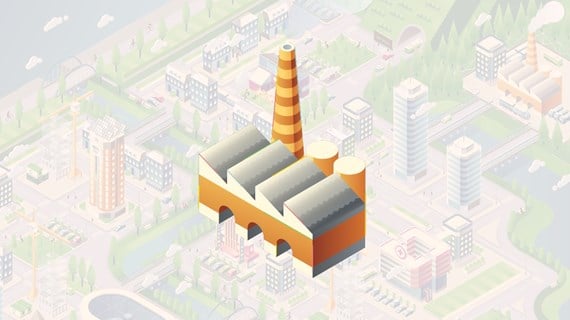Buildings in smart cities can be managed from anywhere
Growing cities are made up of thousands of individual buildings, from power plants to offices, homes, and shops. Still today, most of buildings are individually operated; this means maintenance is performed on a predefined schedule of visits (whether the equipment needs maintenance on its scheduled visit or not) and a technician is deployed whenever an alarm is triggered. By connecting the building technologies to a remote centre, where the building can be monitored by system experts, we can manage buildings more efficiently. This reduces operation and maintenance costs while ensuring excellent conditions.
Three ways building performance is improved with remote services:
Improved wellbeing
Faults or deviations in technical systems can be discovered and fixed in a remote centre before occupants suffer from (e.g.) poor indoor air quality or temperature fluctuations.
Reduce emissions
Buildings are the source of up to 40% of our overall CO2 emissions. Artificial Intelligence -powered analytics and real time monitoring by energy experts help optimise efficiency as well as the production and storage of energy.
Increase cost-efficiency
Costly maintenance visits can be reduced by checking the alarms from the remote centre, and only sending a specialist to the location when necessary.
Remote services as part of preventive maintenance
82% of equipment failures are random and 20–40% of maintenance visits are unscheduled, so we need a solution that can improve building performance when coupled with preventive maintenance.
When a building is connected to a remote centre, its data is collected and benchmarked with thousands of buildings. Automatic alarms indicate when there is a deviation, and technology experts monitor the data to resolve any irregularities. Combining smart responses from a remote centre with the preventive maintenance of smart systems is a part of good asset management and helps lower lifecycle costs.
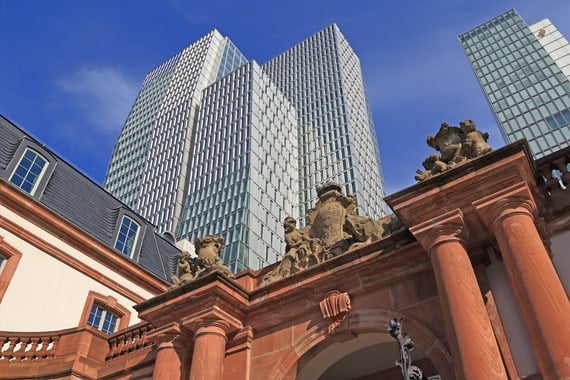
Key benefits
Brand reputation
A faster response time means that most incidents can be resolved immediately when they occur. A fast response can be critical for e.g., time or temperature –sensitive equipment, and plays a key role in your brand reputation.
Decrease manual work
Over 90% of building alarms can be fixed remotely without the need to send a maintenance worker on site.
Data-driven performance
Benchmark data from thousands of buildings can be used to optimise conditions and energy efficiency.
Cost-efficient maintenance
The need for maintenance work can be identified earlier and maintenance scheduled to minimise the impact on the business.
Scalability
While each location is uniquely monitored, building automation rules can be applied based on similar buildings. Adjustments can be made simultaneously to all properties.
Business continuity
Your building can be monitored, regulated, and secured without human presence on-site.
Artificial intelligence and expert analysis of building data
When a building is connected to a remote center, the building data can be analysed by artificial intelligence (AI) and human experts alike. This analysis helps discover actions to improve the long-term value of your property.
For example, AI is useful is demand response, where it can determine how the building react to changes in the price and availability of clean energy.
Expert analysis helps discover insights for both optimising daily maintenance as well as support strategic decision-making regarding the entire building portfolio.

 Map
Map
